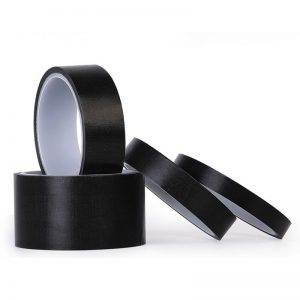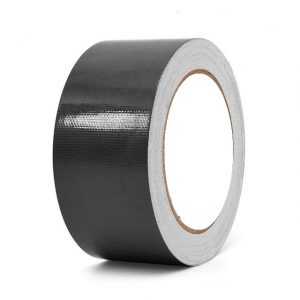“Teflon Tape Unveiled: What You Need to Know” is a hypothetical title that suggests an in-depth exploration of Teflon tape and its various aspects. Here’s an overview of what such a discussion might cover:
- Introduction to Teflon Tape:
- Briefly explain what Teflon tape is and its common names, such as thread seal tape or plumber’s tape.
- Mention its primary purpose: sealing threaded connections in plumbing and other applications.
- Composition and Properties:
- Explore the science behind Teflon tape, discussing its composition as polytetrafluoroethylene (PTFE) and its unique properties, such as non-stick, low friction, chemical resistance, and temperature stability.
- Applications:
- Discuss the various applications of Teflon tape beyond plumbing, such as in industrial settings, manufacturing, and automotive industries.
- Highlight the importance of Teflon tape in creating leak-free connections and preventing fluid or gas leaks.
- Types of Teflon Tape:
- Describe the different types of Teflon tape available, including general-purpose tape and high-temperature tape for specific needs.
- Explain how to choose the right type of tape based on the application’s requirements.
- Proper Application Techniques:
- Provide step-by-step instructions for applying Teflon tape correctly, including preparing the threads, starting the tape, wrapping direction, overlap, and finishing the wrap.
- Emphasize the significance of avoiding stretching or tearing the tape during application.
- When to Use Teflon Tape:
- Discuss scenarios where Teflon tape is particularly beneficial, such as in water lines, gas lines, and applications involving corrosive substances.
- Address the types of threaded connections where Teflon tape is most effective.
- Teflon Tape vs. Pipe Joint Compound:
- Compare Teflon tape to other sealing methods, such as pipe joint compound (pipe dope).
- Highlight the situations where using both methods together can provide enhanced sealing.
- Common Mistakes and How to Avoid Them:
- Identify common mistakes people make when using Teflon tape, such as using too much tape, wrapping in the wrong direction, or not properly preparing the threads.
- Offer tips on how to avoid these mistakes for a successful seal.
- Tips and Tricks:
- Provide additional tips and tricks for DIY enthusiasts to achieve better results, such as maintaining dry hands during application and using Teflon paste for larger threads.
- Safety Considerations:
- Emphasize the importance of turning off water or gas supplies before working on plumbing connections.
- Remind readers of the significance of adhering to plumbing codes and regulations.
- Conclusion:
- Summarize the key points discussed and reiterate the significance of Teflon tape in achieving reliable and leak-free threaded connections.
- Encourage readers to practice and gain experience with Teflon tape while also suggesting consulting professionals for complex projects.
Remember, this overview provides a structured outline for an in-depth exploration of Teflon tape. Depending on the audience and the platform you’re presenting on, you can expand on each section to provide comprehensive information and insights about Teflon tape and its applications.






















